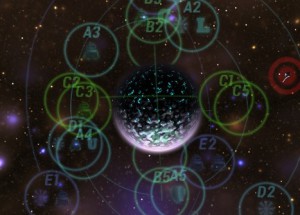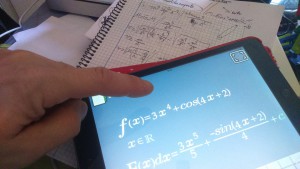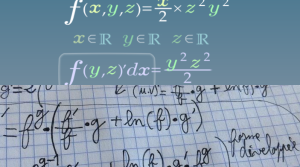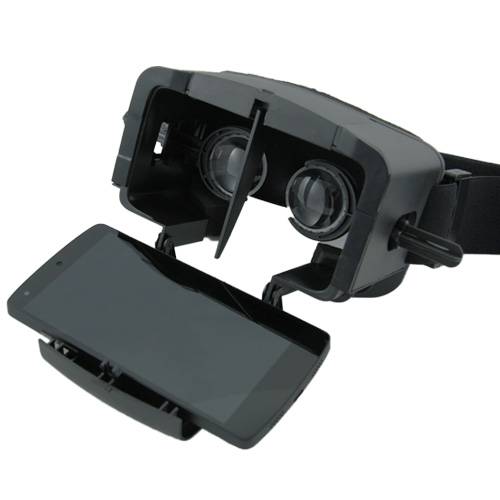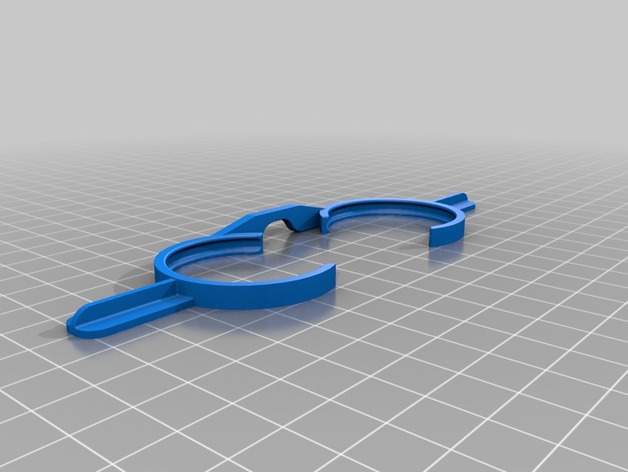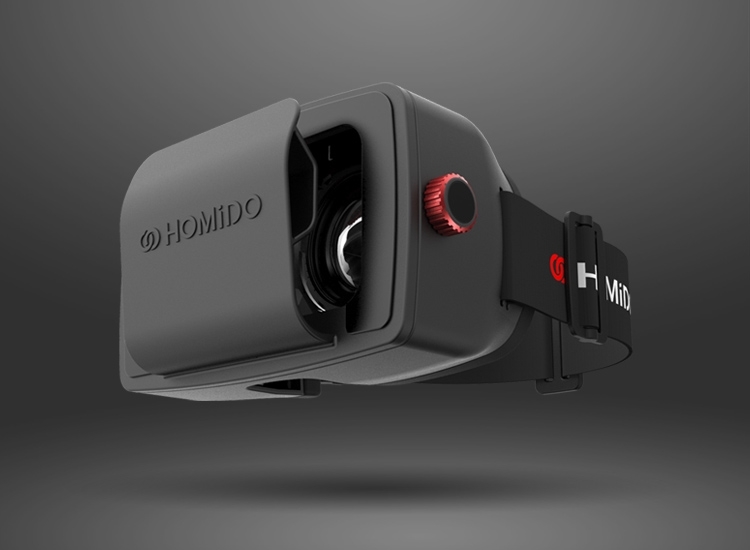This article is part of the “mankind reloaded” initiative, whose aim is to re-publish old articles previously published on our former 90’s website.
m4nkind history through Life and History of MantraMind, the founder of the team.
The begining
MantraMind made his first cry the 28 November 1976 in Auch(32) France.
His father was a well known electronician in our country, he was one of the first man in the world to create an artisanal low-cost Canal+ (french crypted channel) decoder.
His mother was born in denmark and was working as designer for Renault , a french car industrial, she was the main designer of the famous R5.
As we can see, theses origins were probably very influent in the future of MantraMind and m4nkind…
as far as we knew (M4ntra’ didn’t like to talk about his childhood) , he almost didn’t quit his house until 8, because he was educated at home by his parents, who wanted him to be the clever possible. It seems that he didn’t like it at all, and started to fight with them in order to go to the public school. (He has a lot of personality.). He certainly wanted to live in community and to confront himself to the world. And sure it was a big shock for him, he always has terrible behaviours with teachers, his favourite game was to be noted 20/20, then 0/20 , then 20/20 again,…
he said about it: “what better way of being to be both at the middle and the extremii ?” We always thought mantra didn’t need any education. If something interested him, he just has to buy a book and then read it all night long.
he always wanted to control everything, most people were afraid of him,
while all he wanted was to play and have fun, even if he was a bit maniac.
And then we met
The first time we met was in 1987 at school, we were already computernerds at this time, but MantraMind was different, he was not only using traditional computers, he was using some weird machines that his father was working on as prototypes…he became like a kind of god for us…
At that times he took himself for “data”, a character in the goonie
movie,who always have gadgets everywhere.
He really built the core of the group, we were only a bunch of idles at
that times (backlash,tex, krabob , redshift and firehawk)
Quickly we were attracted below his influence in a rebels spirit, playing in cemetery at night, infiltrating old house and monument to climb at the top of them…and many mad things that you can’t only imagine, m4nkind was growing in our heads and the wish to communicate our spirit and way of thinking was nearer and nearer…
we started to make some code,artworks pieces, thinking that our destinies were linked as we discover some month ago that our respective fathers were friends ,in theyre youth, in a kind of electronic team, making some experiments, so we were prolonging this with computers…
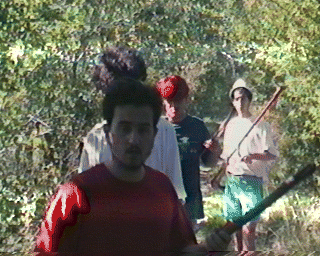
Things became serious
The 3rd April 1988, MantraMind show us Digexp1 formerly known as “Digital Experience 1988” on amiga500, this piece of code without sound and artwork, had literaly made us falling on our asses, about 200 realtime dots on fullscreen with a bluring effect signed with a “god is a dog” sentence at the end, this sentence became our devise and m4nkind was born 1 month later with the Digexp2 which was a Digexp1 remix with sound and graphics signing our first digital cooperation…
krabob remember: “yes, all of us decided to buy an amiga and start doing
things seriously at that time. It was surprising to see how m4ntra could
progress. We choosed the name m4nkind because, as m4ntramind said: we will take the name that means apache in the apache language,and cherokee in the cherokee language , well we will just take our name. ”
During 4 years m4nkind became a figure of the underground french amiga scene, and with about 15 Digexp releases we were starting to touch the european underground scene…”god is a dog” was about to became a state of mind in the whole scene…
In the early 90’s we were in age of looking at girls and riding light-motorcycles, MantraMind was the best of us, as he was a kind of genius he managed to make the fastest light-motorcycle ever, quite an easy thing with such parents, its last machine was a 103XP 49.9cc motor customised at 51cc with a nitro-glycerin tank added to the carburettor with an electronic valve controled by the magnetic wheel of the cycle,he was calling it “Aerial” the March 25 of 1992, we decided to make Digexp16, we were using to work together at krabob place, so MantraMind took its Hard drive and managed to come on its AERIAL 103XP “51 NITRO-CUSTOM”, at 3.21 PM he died crashing himself against a plane tree…
Police said that he was riding too fast, but it was weel known that MantraMind was an elite rider and we strongly suppose that something or someone as sabotaged its nitro-injection system and that it as surely been launched in a turn…
Since this day our “god is a dog” devise became “we fuck dogs”
note from krabob: this is far more complicated, Auch is a small town, m4ntra was known to mock the police all the time with his engine and his crazy radio fakes, but most of all, his intelligence and inventions were kept secret by the few people who knew his real potential.
That’s one of the reason we then kept MKD project silent until 1995. Tex, don’t you think it’s strange that he has his accident just near leboulin ?
in this accident we lost The best of us and the whole of its digital work but we decided to keep the spirit going on and 3 years later we made our first demo, as an homage we called it “Aerial” …
Today we are still looking at the Digexp collection, if you are an happy owner of one or more of theses pieces of art, please contact us…
MantraMind you’ll always be in our hearts.

 Early before 1990, Hackers started to explore experimental real-time effects on computers, with graphics and musics. This movement, rapidly spread, involved a lot of research, both technical and artistic.
Early before 1990, Hackers started to explore experimental real-time effects on computers, with graphics and musics. This movement, rapidly spread, involved a lot of research, both technical and artistic.
 e montage techniques, experimentations with sound and image symbiosis, exploded during the nineties in these movies, like nowhere else.
e montage techniques, experimentations with sound and image symbiosis, exploded during the nineties in these movies, like nowhere else.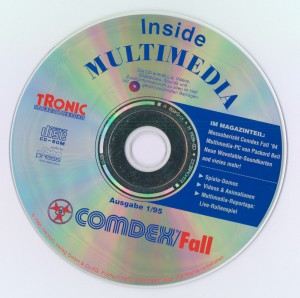
 You could read the word “Multimedia” during years on ads and brochure, until the mid 2000’s: the fashion more or less lasted a decade. At that time, kids were already raised with internet, and the adults had more frequently computer knowledge and computer culture, not mentioning all media becoming digital.
You could read the word “Multimedia” during years on ads and brochure, until the mid 2000’s: the fashion more or less lasted a decade. At that time, kids were already raised with internet, and the adults had more frequently computer knowledge and computer culture, not mentioning all media becoming digital.
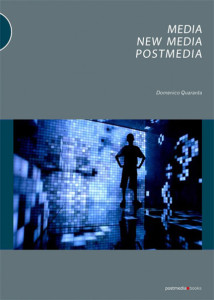 e analysis about culture and state of the Art as could do an independent underground demomaker, and even more, using the same words: Post Media. Signs of the time: pixel Artists like eBoy are nowadays praised in galleries. Displaying a background of underground computer geek and experimenter does not scare anymore, quite the reverse, it opens doors.
e analysis about culture and state of the Art as could do an independent underground demomaker, and even more, using the same words: Post Media. Signs of the time: pixel Artists like eBoy are nowadays praised in galleries. Displaying a background of underground computer geek and experimenter does not scare anymore, quite the reverse, it opens doors.